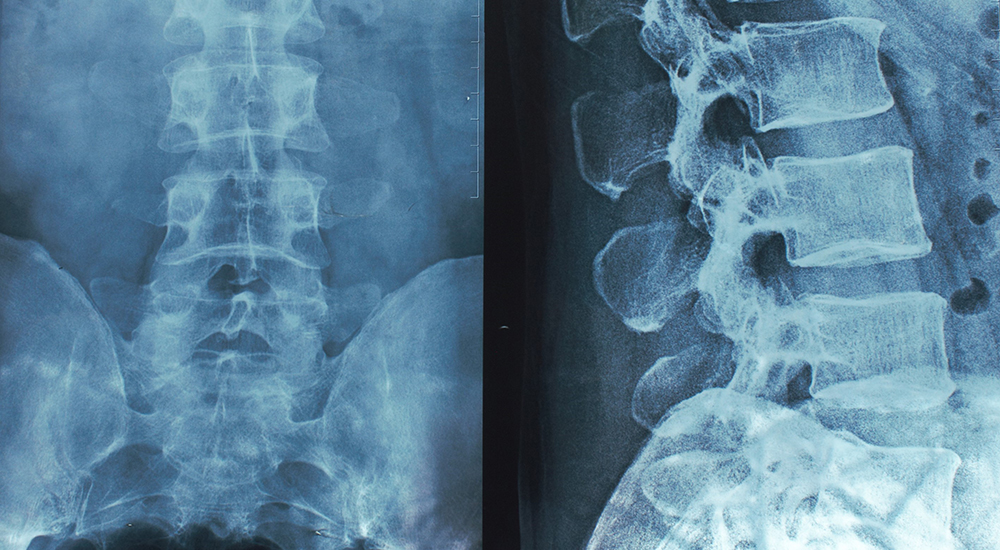A spinal cord injury (SCI) is a debilitating medical condition. It limits the function of movement and control in the body. As a result, having an SCI can lead to reduced aerobic fitness, glucose intolerance and insulin resistance. This is due to autonomic dysfunction, muscle wasting, increased regional and total body fat mass, and relative inactivity.
The Central Virginia VA Health Care System has unique expertise treating Veterans with these injuries.
The Congressionally Directed Medical Research Programs has awarded a grant for $3.7 million to the Central Virginia VA Health Care System and Virginia Commonwealth University. In turn, these researchers will study spinal epidural stimulation in people with spinal cord injuries. The grant is the first of its kind at a VA medical center.
VA research teams will collaborate on using spinal epidural stimulation treatment with a robotic suit. Hopefully, the result will be an improved quality of life for those suffering with spinal cord injuries. Researchers currently use VA’s robotic exoskeleton suits to improve SCI patients’ mobility and outlook for their prognosis.
New breakthrough can help people stand, step and walk
“A new, scientific breakthrough can help people stand, step and even walk again,” said Dr. Ashraf Gorgey. Gorgey is director of research for the Spinal Cord Injury and Disorders unit and principal investigator for this clinical trial. “It’s called lumbosacral epidural stimulation, or ES. Our research team has used the ‘ES Robot Suit’ for three months in one person with tetraplegia. The patient showed remarkable improvements in motor control. We aim to implant 20 Veterans who have a spinal cord injury with electrodes in their spine.”
Gorgey says they aim to enhance muscle volitional control. Dr. Robert Trainer supports the program by implanting the device. Muscle volitional control includes the ability to perform sit-to-stand activity, overground stepping and limit secondary complications in persons. This may include other benefits similar to improvement in the cardiovascular system and bladder functions. These are common side effects for SCI patients.
The study will measure the effectiveness of resistance training for Veterans using exoskeletal-assisted walking and ES. It will look for improvements in motor recovery, cardio-metabolic health and bladder control.
“The clinical trial will be conducted and completed entirely at CVHCS in Richmond,” Gorgey said.
Dr. Ashraf Gorgey
Gorgey has received several awards for studying the effects of electrical stimulation and testosterone replacement therapy interventions on parameters of physical activity in people with spinal cord injury. The effects include body composition, metabolic profile and mitochondrial health. He has published approximately 110 peer-reviewed articles, and presents his scientific findings both nationally and internationally.
Megan Kon is a public affairs specialist at the Central Virginia VA Health Care System. Photo by Mary Beatty.
Topics in this story
More Stories
You don’t need to know complicated terms or lots of data to talk to someone about suicide. You just have to show concern.
VA’s Office of Connected Care helps Veterans in rural areas receive care through telehealth and other virtual tools.
Discover the power of your breath! Explore how mindful breathing can bring peace, ease your mind and enhance clarity in this week's #LiveWholeHealth video.








I am a service connected veteran who is spinal cord injured at the C6 level. I am a complete Injury. Can this Lumbosacral epidural stimulation Be used on someone at my level of tetra palladia? With the ES robo suit? I live in the Richmond VA area and aM intrested In this research project.
I am assuming the stature of a question mark and walking further than about 100 feet is out of the question. Standing more than a few minutes is also not possible. Is (will) more information on this test be forthcoming?
I am a 35 year old disabled son of a veteran who was paralyzed from T-10 down from a tumor removal at the age of 29 volunteering my spine for the electrodes if I can
Remarkable and congratulations to Dr. Goregey and his team!
Is there any research for genetic stenosis of any area of the spine?
I have questions. First, exactly what is meant by “spinal cord injury”? Has the spinal cord been severed? Would a person with bulging discs that press on the spinal cord be considered as having a spinal cord injury?
I would also like to know if this procedure is the same as Dorsal Ganglion Stimulation. My provider in the pain clinic was not familiar with this when I asked about it.
I was told by a doctor in the ED at my VA that implanting a unit like a TENS unit would be a last resort because it “cost too much ” to do. Is this procedure what he was referring to? If implanting something like a TENS unit in me would be too costly, how would the VA justify the cost of implanting 20 veterans with electrodes? Or am I just being railroaded again because I’m only a woman who wore a uniform?
I’m quickly losing my ability to walk any distance without being in pain or feeling like my legs are going to collapse.
My wife a 22 year retired veteran with 100% disability has not been able to walk because of a spinal injury for over 20 years what do I need to do to have her try for one of these exoskeletons